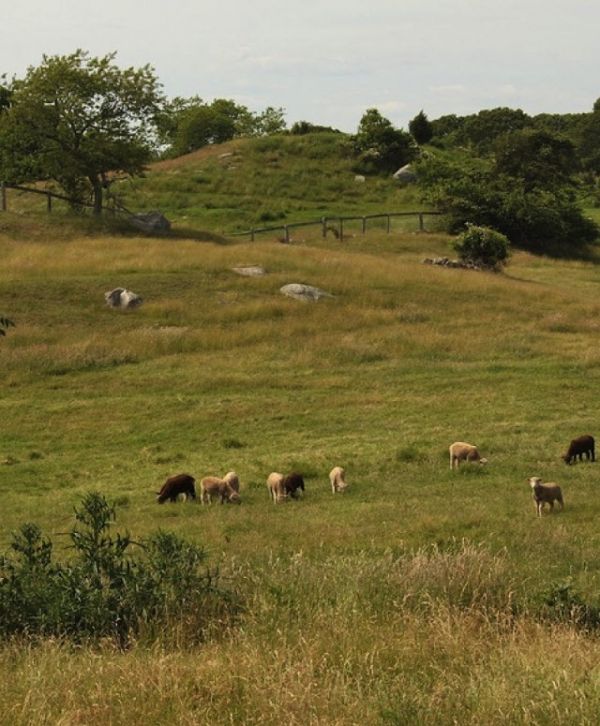What did the New England landscape look like before European colonizers arrived? The prevailing view among modern historians is that Native Americans engaged in widespread horticulture and used fire to keep grasslands and pasturelands open. Now a study by Harvard Forest director David Foster and colleagues, published today in Nature Sustainability, argues instead that Native Americans had very little impact on the regional landscape in that period, even when their populations were large.
The study reconstructs climate and vegetation in New England during the past 10,000 years, and draws as well on extensive archaeological evidence. It’s significant, Foster explained in an interview, because the relatively new belief that humans have always interfered in natural ecologies has been used to guide conservation practices in North America and elsewhere. The paper argues that this is a mistake, and that in the specific case of New England, “land managers seeking to emulate pre-contact conditions should deemphasize human disturbance and focus on developing mature forests.” In areas where grasslands and pasture are desired (for example, to retain modern patterns of species diversity), colonial-era technologies for keeping land open—such as plowing, grazing, mowing for hay, and tree-cutting—should be used instead of burning, because those are the agricultural approaches that created them four centuries ago. The larger implication is that the history of human involvement in ecologies elsewhere in North America and around the world may need to be re-evaluated.
Paleoecologist W. Wyatt Oswald, first author on the paper and an associate of Harvard Forest, used cores extracted from lake-bottom sediments to reconstruct prevailing patterns of vegetation from about 11,700 years ago, when the last glaciation ended. By analyzing pollen trapped in the sediment, he discovered which plants dominated the landscape; charcoal residues indicated the extent of burning. “When you actually look at various lines of evidence,” Oswald explained in an interview, “there is nothing to suggest that there were widespread human impacts on New England landscapes before the arrival of Europeans.”
Continue reading at Harvard University
Image via Harvard University


